This week marks the 40th anniversary of the start of the 1973 oil crisis, which ended decades of cheap oil, caused gasoline shortages, and put a strain on the U.S. economy.
In response to American support for Israel over Egypt and Syria in the Yom Kippur War, the Organization of Arab Petroleum Exporting Countries (OAPEC) declared an embargo on oil exports to the U.S. that lasted until March 1974.

Drivers and a man pushing a lawnmower line up at a gas station in San Jose, Calif. on March 15, 1974.
Although nominal U.S. oil prices in 1973 reached their highest levels up to that point, real oil prices returned to a level not seen since the second half of the 19th century. Both nominal and real crude oil prices are higher today than they were in the mid-1970s.
40 years after the embargo, the U.S. still relies on petroleum for over a third of its energy and uses about 20 percent of all oil consumed worldwide. Yet oil demand in the U.S. and other developed nations peaked in 2005 and per capita oil consumption in the U.S. has dropped since 1973.
The U.S. economy uses 60 percent less oil per unit of GDP than it did in the early 1970s, according to a report from the nonpartisan Securing America's Future Energy organization, but it still remains vulnerable to high oil prices and fluctuations on the international market.

Most gas stations, including this one in Oak Grove, Ore., reduced their hours and closed on Sundays. Photo by David Falconer.
The U.S. surpassed Saudi Arabia in 2013 to become to the world's biggest oil producer, counting natural gas and biofuels along with crude oil. U.S. petroleum imports as a share of total consumption reached a 21-year low in 2012, with only 40 percent of our oil coming from foreign sources. In 1973, about 35 percent was imported. The dramatic surge in domestic fossil fuel production is due in large part to the boom in horizontal drilling and hydraulic fracturing, or fracking, for oil and gas in shale formations across the country.
Along with this uptick in unconventional oil production, alternative energy development, new battery and grid technologies and improvements in energy efficiency are poised to shift energy demand and create a "historic opportunity" for the U.S. to "lead a counterrevolution" against the traditional energy world created by the Organization of the Petroleum Exporting Countries (OPEC) of the Middle East, Africa and South America, energy experts Amy Meyers Jaffe and Edward Morse argued in Foreign Policy magazine.
"Energy innovation is taking many forms in the United States, creating major export opportunities and giving Washington the tools it needs to ensure that the conditions of a 1973-style oil embargo will not repeat themselves," they wrote.
These images come from photographer David Falconer, who covered the fuel shortage in Western states in 1973 and 1974 as part of the Environmental Protection Agency's DOCUMERICA program.
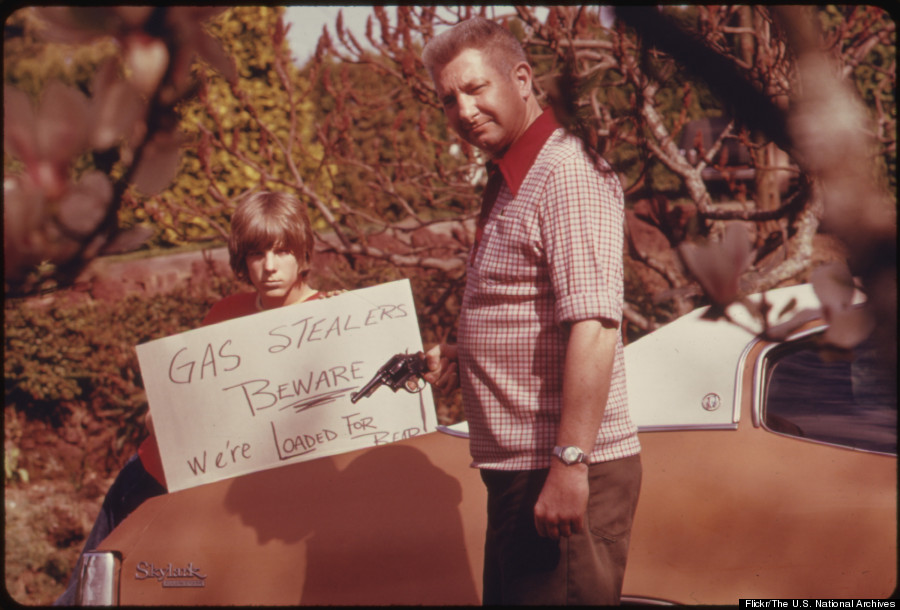
From the U.S. National Archives: This father and son made a sign warning thieves of the possible consequences. Photo by David Falconer.
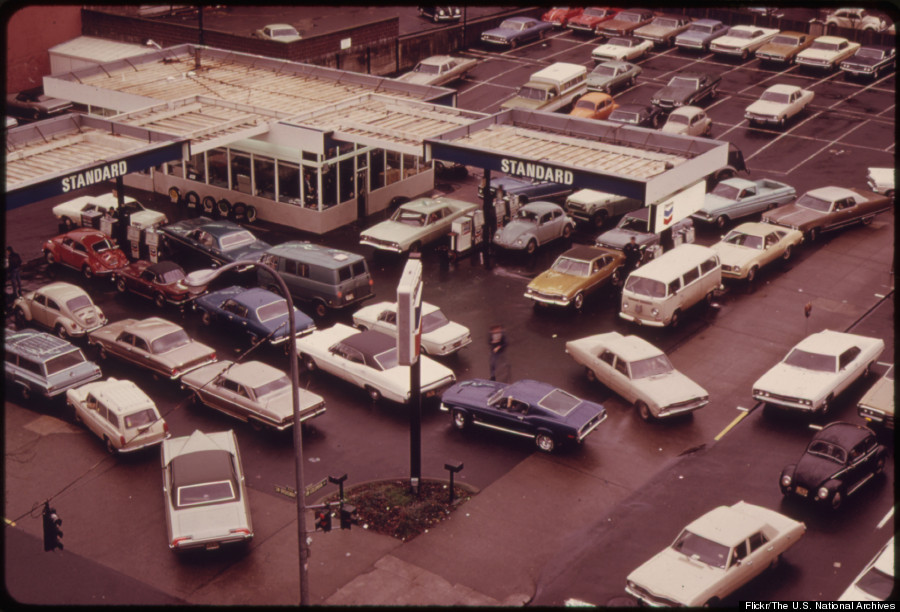
From the U.S. National Archives: A bird's-eye view of a gas station in Portland, Ore. Pumping gas was limited on a first-come, first served basis to five gallons per car. Oregon also allocated fuel according to license numbers. Photo by David Falconer.

The energy crisis also brought attempts at humor from businesses, including this one in Vancouver, Wash. Photo by David Falconer.
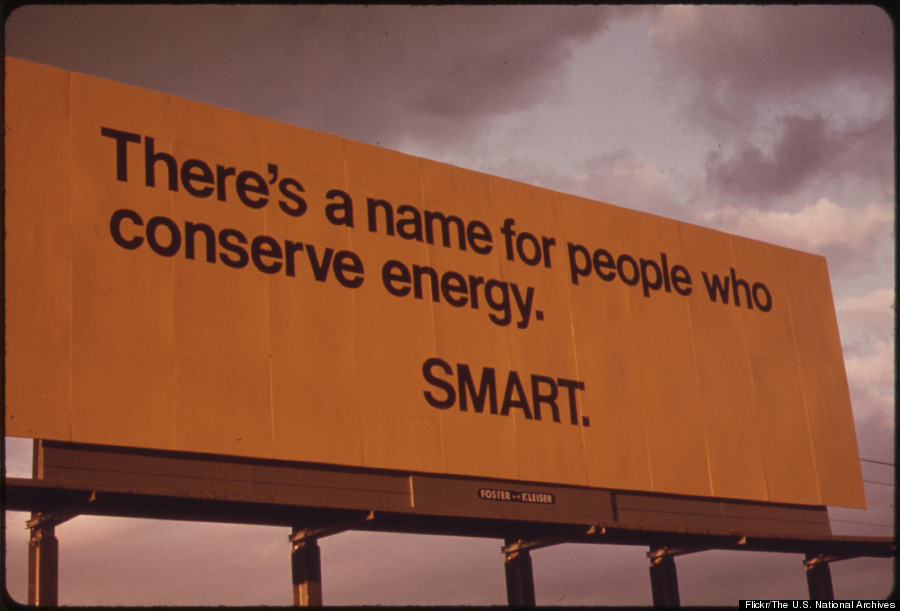
From the U.S. National Archives: A billboard advising passing motorists of the seriousness of the energy shortage in Oregon during the fall of 1973. Photo by David Falconer.
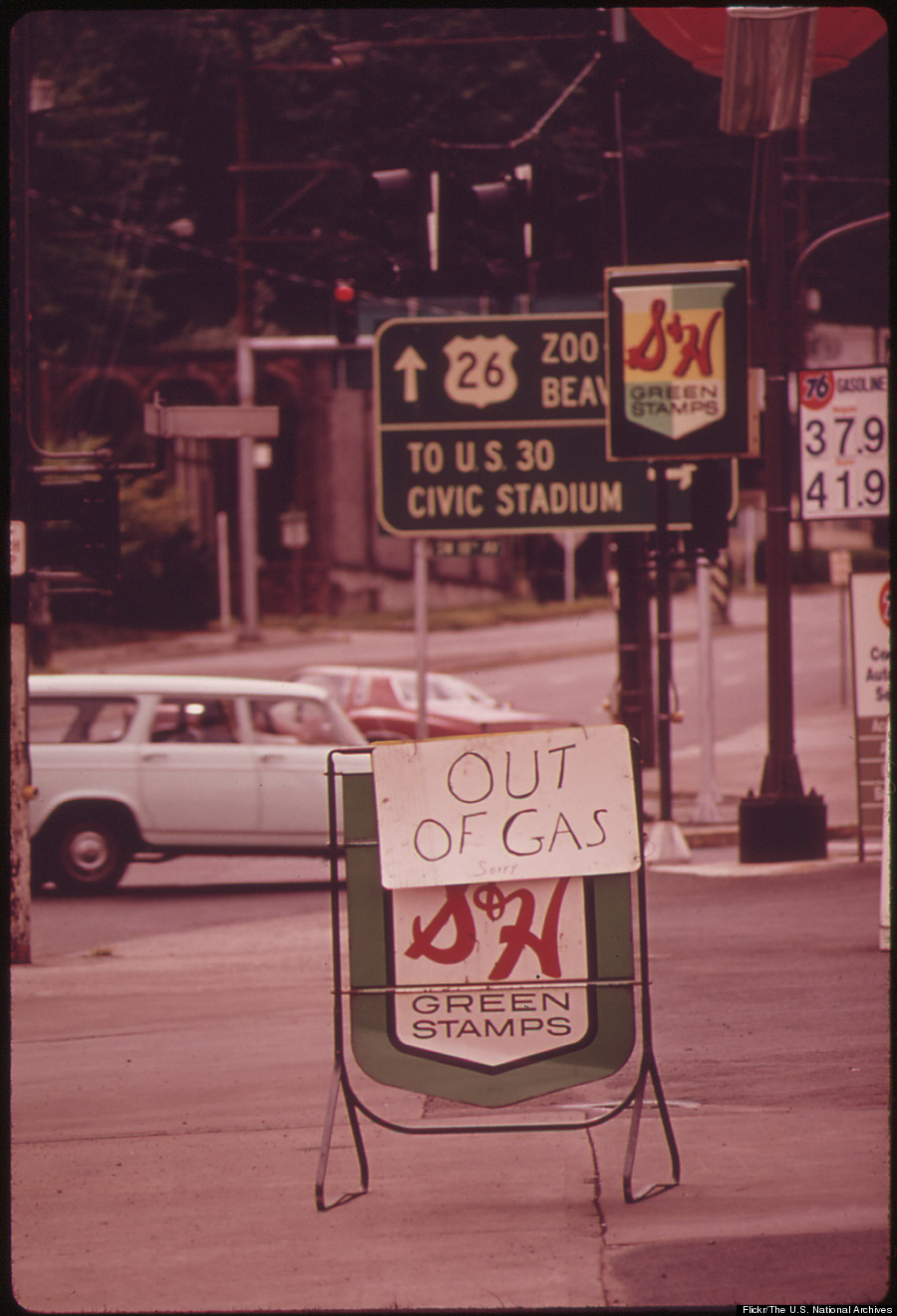
"Out of gas" signs popped up all over the Portland, Ore. area. Photo by David Falconer.

An empty gas pump in Portland, Ore. in 1973. Photo by David Falconer.
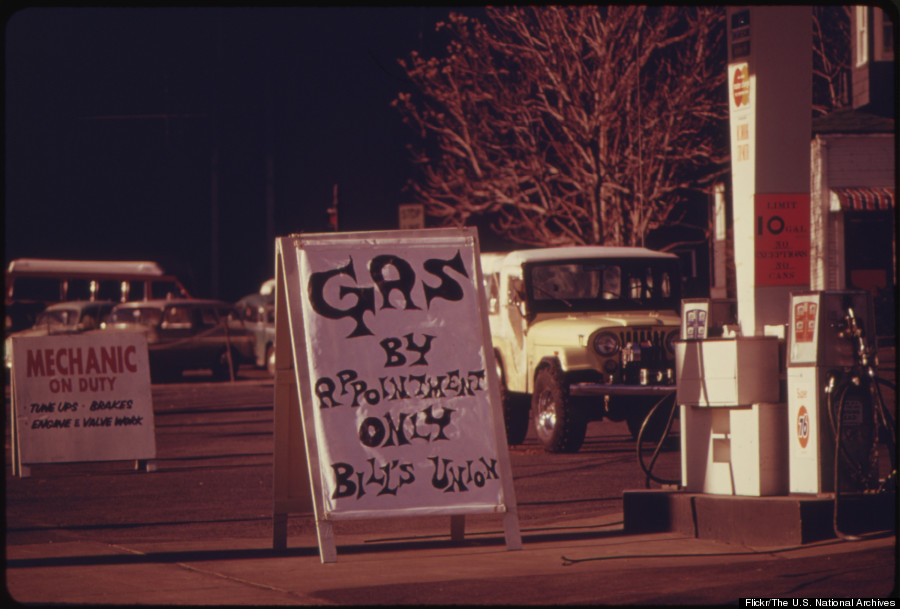
"Gas by appointment only" signs also began to appear. Photo by David Falconer.
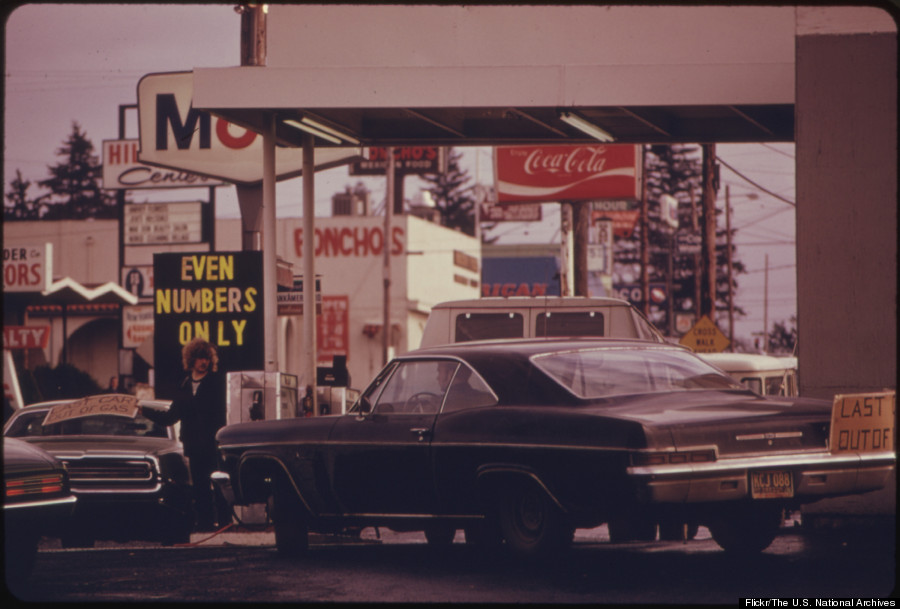
From the U.S. National Archives: The state of Oregon was the first to go to a system of odd and even numbers during the gasoline crisis in the fall and winter of 1973-74. Here motorists with even numbered licenses line up for gasoline on an even numbered day. The plan was in effect Monday through Friday. Anyone could get gas on Saturdays if it was available. All stations were closed Sundays. Photo by David Falconer.

Photo by David Falconer.
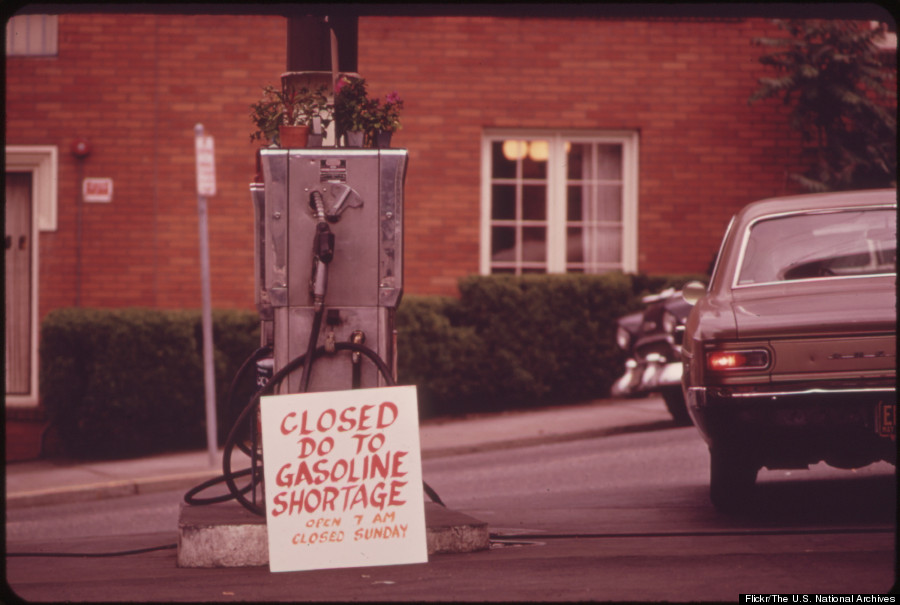
Photo by David Falconer.
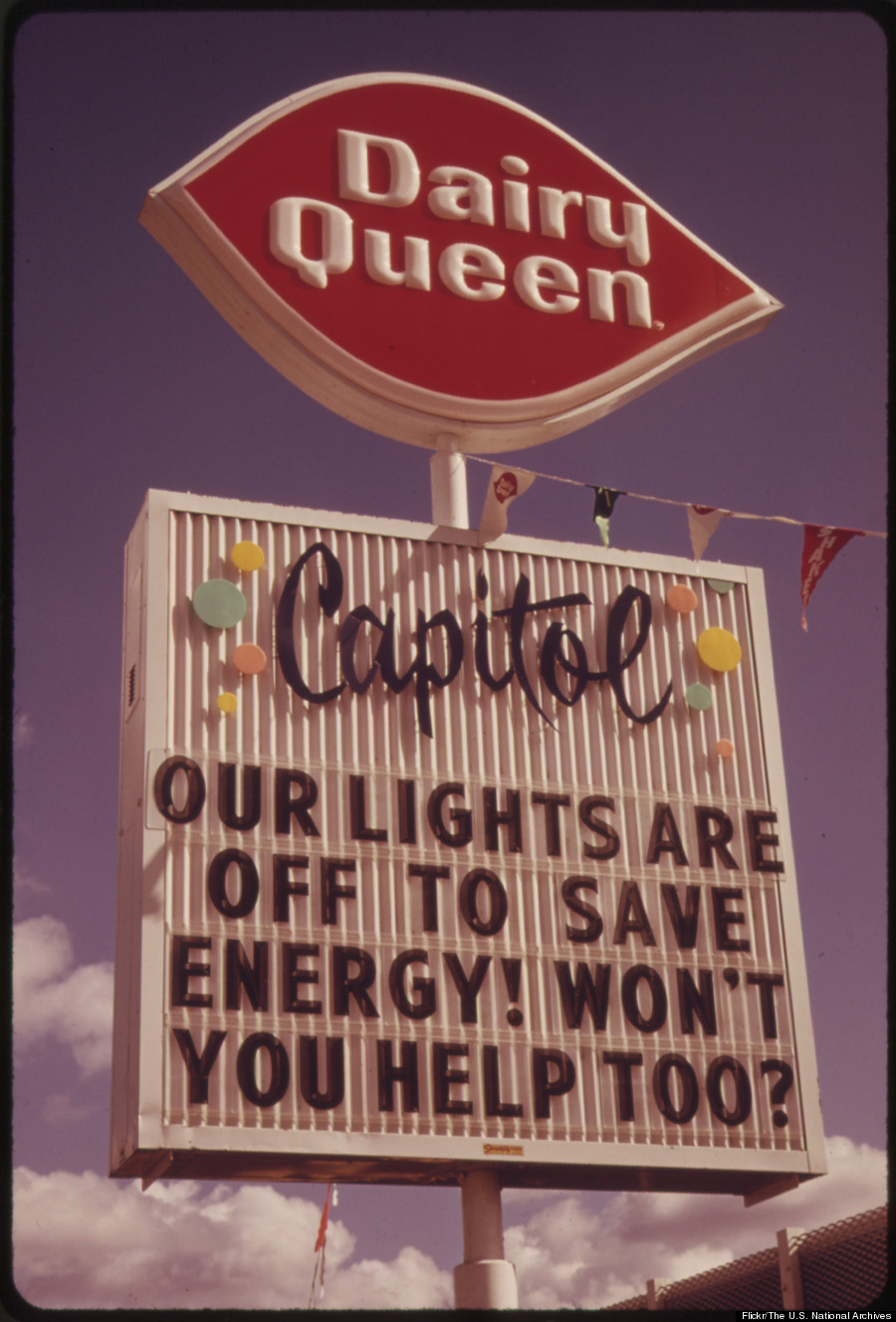
From the U.S. National Archives: After the Oregon governor banned neon and commercial lighting displays, firms used their unlit signs to convey energy saving messages which could be seen during the day. Photo by David Falconer.
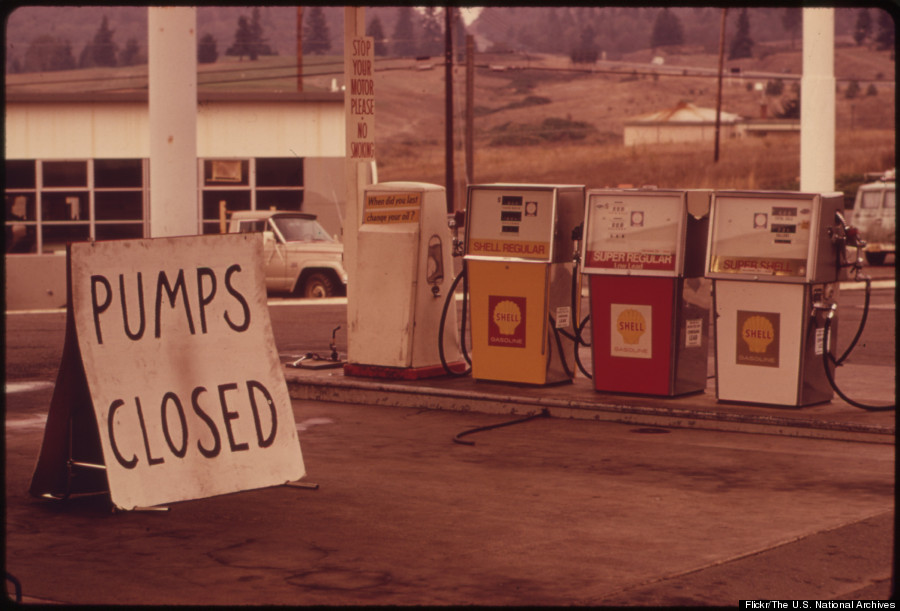
Closed pumps along Interstate 5 in Oregon in October 1973. Photo by David Falconer.
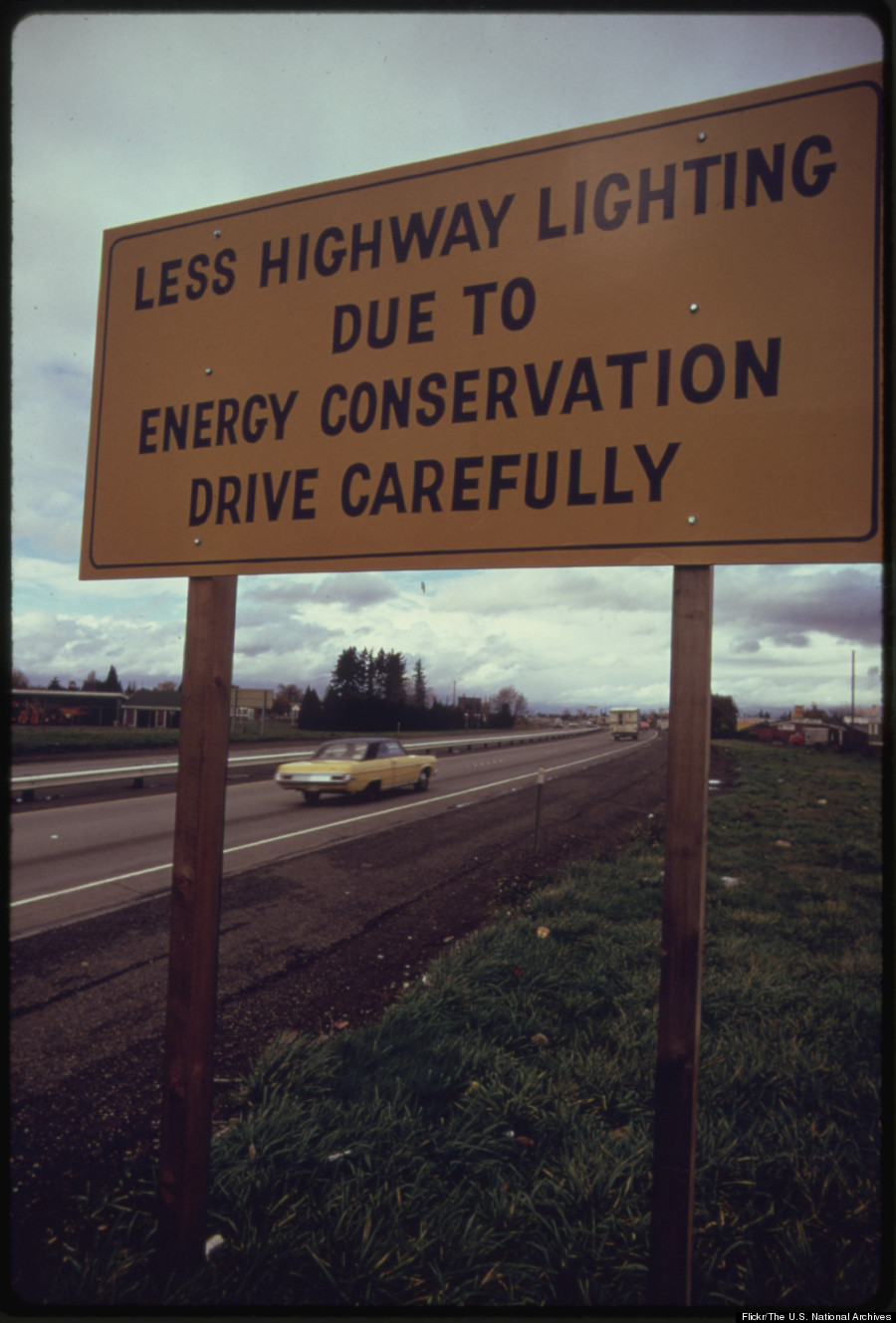
A sign along Interstate 5 in Oregon in October 1973. Photo by David Falconer.
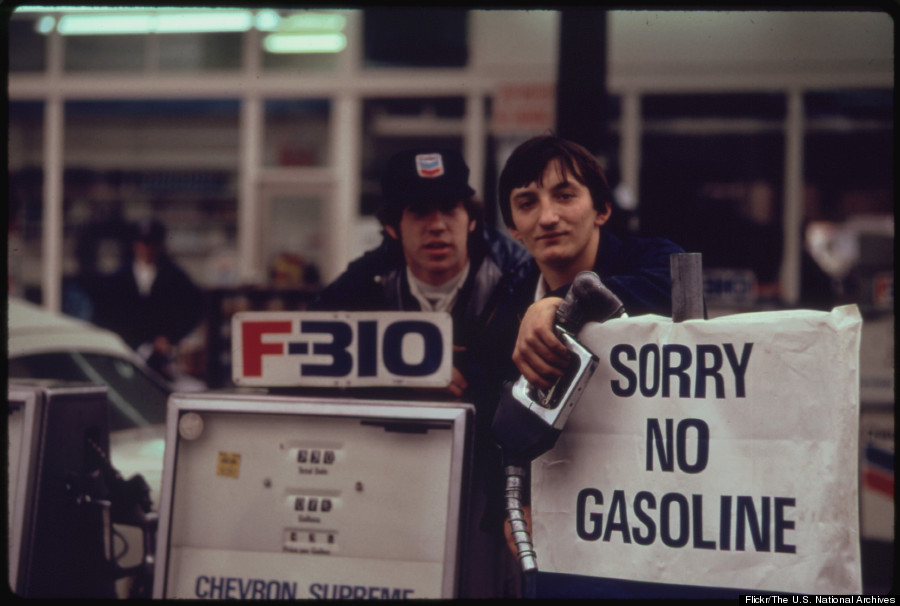
Gas station attendants in Portland, Ore. in November 1973. Photo by David Falconer.

An abandoned gasoline pump that was photographed in April 1974. Photo by David Falconer.